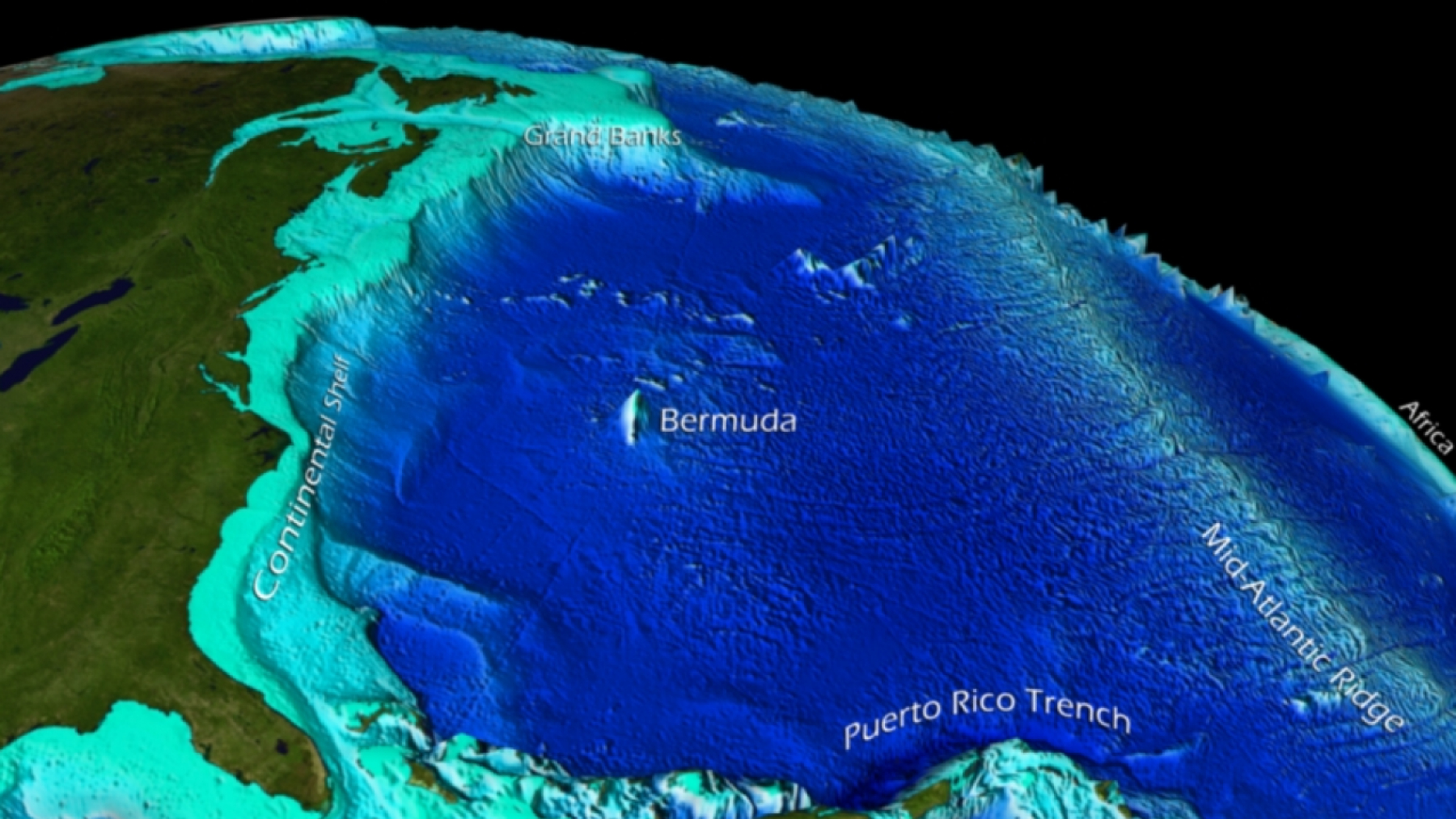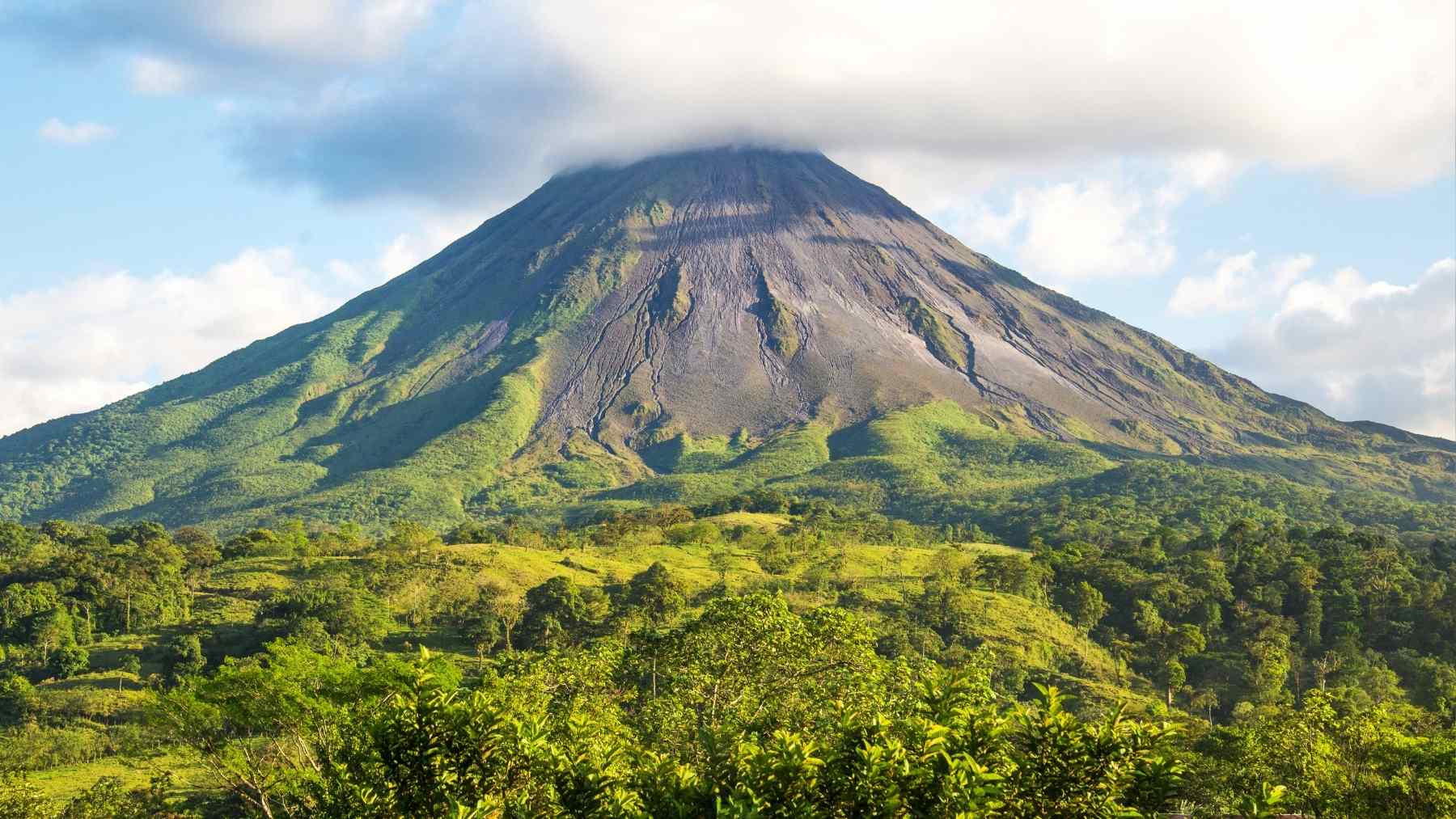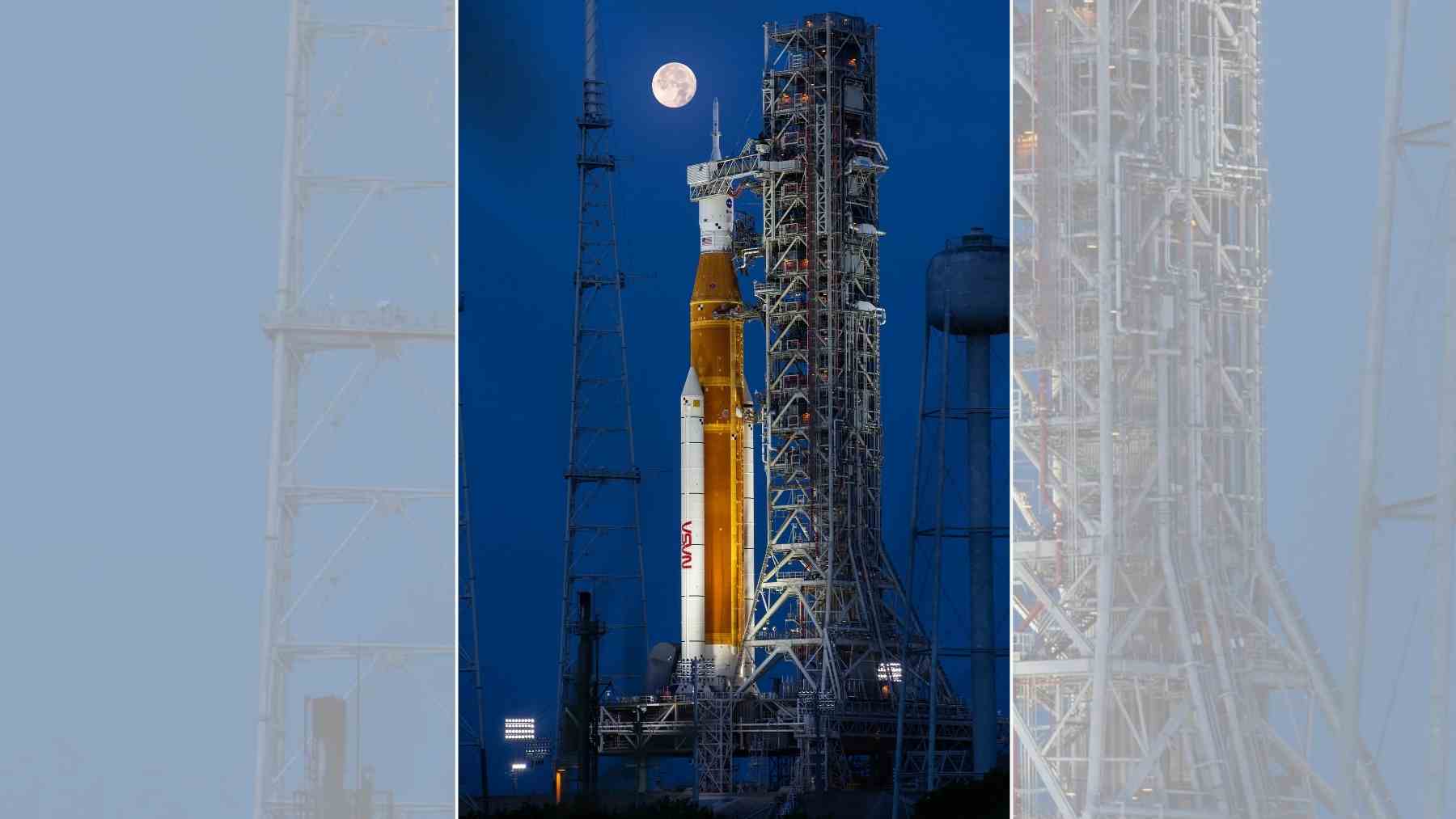The mantle of the Earth, up to 1,800 miles (2,900 km) thick and 84% of the Earth’s volume, was assumed to be a simple layered one in the past. Yet new studies show it not to be a simple process, but rather far more complex, with submerged “lost lands,” below the Pacific Ocean.
Earth’s mantle: Compact but emerging with geodynamic influence
Dominated by silicate-rich minerals with high iron and magnesium content the mantle is predominantly solid but behaves as a viscous flow that creeps with geodynamic timescale. This movement drives tectonic activity, such as earthquakes, volcanic eruptions, and the shifting of continents.
The earth’s core heat drives convection, a continuous cycle of rising hot material and sinking cold material. This process is the fundamental process of deformation the Earth’s surface that dictates tectonic plate movements. Scientists have used earthquake waves for decades to explore Earth’s interior.
These seismic waves, propagating outward during an earthquake, will be bent and reflected while travelling through different layers. Geophysicists track the time elapsed between the emission of the seismic waves travelling and seismic stations spread all over the world to get an image of the Earth’s interior structure. But until now, this picture was incomplete (just like this historic discovery of a sunken continent).
Groundbreaking geophysical approach exposes new understandings into the lower mantle
Recent geophysical progress has brought a better and better understanding of the lower part of the mantle. By a novel method called full-waveform inversion, scientists can now reconstruct the entire family of seismic waves generated by earthquakes.
In this approach, unusual phenomena have been found in regions assumed to be devoid of any localization, as well. An interesting finding is that there are areas deep in the Pacific Ocean, where seismic waves attenuate very quickly, indicating the existence of some unknown material.
In this study, researchers from ETH Zurich and the California Institute of Technology discovered areas that resemble the remnants of plate fragments. These pieces were recovered in regions without ancient record of subduction-where one tectonic plate moves beneath another. This observation question’s deep-seated assumption that relates to plate tectonics and the ultimate result of subducted plates.
Seismic waves disclose mysterious cold, compact areas of Earth’s mantle
Seismic waves give us insights into cold, dense regions of the mantle, which may be preserved from ancient tectonic plates, and other anomalies may be iron-rich or silica-rich rocks, from the early Earth. A strange finding below the western pacific, where it did not fit the subduction model, implies that there may be one completely new model of these areas.
These results provide an underappreciated mantle complexity in comparison with earlier models and may provide hints for Earth’s early evolution as well as completely alter theories around mantle convection, mantle plumes, and plate tectonics.
However, a greater number of confirmed anomalies will necessitate revisions to our overall understanding of tectonic processes. Full-waveform inversion has enhanced the imaging of the mantle, but many things are still unknown.
Scientists are combining electromagnetic, mineral, and supercomputing data to further delineate models and assess whether these formations are of ancient ocean crust, primordial constituents, or something altogether different.
The Earth’s mantle is a continuously evolving and active layer that has profound effects on much of the planet’s geology. These recent findings also make us realize that our knowledge of the Earth is, unfortunately, not yet settled.
Modern scientists keep revealing mysteries (such as the historic Question mark galaxy) just beneath our feet by ever improving their techniques and adding new technologies. These subterranean realms in the mantle may unlock the Earth’s past and perhaps its future.













